By Panayiotis Constantinou, Contributor
In the competitive arena of professional sports, financial success can be as challenging as athletic performance. Athletes often earn significant sums at a young age, leading to unique financial management challenges, particularly regarding debt. An important strategy is the prioritization of high-interest debt. This article not only explores this tactic but also draws lessons from real athletes who have navigated these financial waters. Indeed, athletes often experience sudden wealth, which can quickly turn into debt without proper management. Unlike traditional careers, their earning span is shorter, making long-term financial stability a key concern.
High-Interest Debt: The First Financial Opponent
The strategy of paying off high-interest debt first, known as the ‘Avalanche Method,’ is pivotal. By tackling debt with the highest interest rates, athletes can minimize the amount paid over time, ensuring more of their earnings go towards building wealth rather than servicing debt. In a more explicit manner, let’s consider the case of Athlete X, a professional soccer player. Athlete X has the following debts:
- Credit Card Debt: $10,000 at 20% interest
- Car Loan: $15,000 at 7% interest
- Personal Loan: $5,000 at 5% interest
By using the Avalanche Method, Athlete X would first aggressively pay off the credit card debt due to its high-interest rate. Once this is cleared, she would move on to repaying the car loan and then the personal loan. This strategy ensures that Athlete X pays the least amount of interest over time.
In a real-life, former NFL quarterback Michael Vick is a prime example. Vick filed for bankruptcy in 2008, listing debts including numerous high-interest obligations. After his release from prison, he focused on repaying these debts, starting with the highest interest ones. By 2015, Vick had paid an estimated $17.4 million of his $17.6 million in debts, demonstrating the effectiveness of this approach.
Budgeting for Longevity
Creating a budget that accommodates fluctuating income and long-term financial goals is crucial. Athletes need to plan for their financial future beyond their active sports careers. This is highly exemplified by the case of Serena Williams. Tennis superstar Serena Williams has often spoken about the importance of financial planning. Despite her significant earnings, Williams has always been mindful of her spending, investing, and saving habits, underscoring the importance of a budget in managing finances and debts.
Learning from Past Mistakes: Vince Young
Former NFL player Vince Young is an example of how lack of financial literacy can lead to problems. Young filed for bankruptcy in 2014 after several years of mismanaging his finances, including taking out a high-interest loan during the 2011 NFL lockout. His story highlights the importance of financial education in managing and avoiding debt. An attempt to avoid this could include the setting up of a financially knowledgeable professional team. Truthfully, athletes benefit greatly from a team of financial advisors and accountants who can provide tailored advice and strategies. Such a team is crucial in navigating the complex financial landscape of professional sports. This is the case with former MLB star Alex Rodriguez, who has often credited his financial team for his sound financial management. Despite earning over $400 million during his baseball career, Rodriguez avoided the financial pitfalls that ensnare many athletes by relying on professional advice and focusing on smart investments and debt management.
Additional Strategies
- Emergency Fund: Athletes, like Kevin Durant, emphasize the importance of an emergency fund to avoid high-interest debt during unexpected financial crises.
- Negotiating Terms: Athletes can sometimes renegotiate the terms of their debts, as LeBron James has done with various contracts, to ensure better interest rates and repayment schedules.
- Diversifying Income: Like Shaquille O’Neal, athletes should seek income opportunities outside of sports to aid in debt management and financial growth.
In conclusion, debt management for athletes is a multifaceted challenge that requires a strategic approach. By focusing on repaying high-interest debt, adhering to a robust budget, investing in financial literacy, and seeking professional guidance, athletes can navigate their unique financial landscape successfully. Real-life examples from athletes like Michael Vick, Serena Williams, and Alex Rodriguez provide valuable lessons in effective financial management, demonstrating that with the right approach, athletes can achieve both sports and financial success. In a concluding remark, many athletes come into professional sports without a background in financial management. Gaining knowledge in this area is critical to making informed decisions about debt and investments.
The Money Smart Athlete® Blog is established and run by the Sports Financial Literacy Academy® (SFLA). Through its education programs, the SFLA has the vision to financially educate and empower athletes of all ages to become better people, not just better athletes. For more information on our courses, our SFLA Approved Trainer Program®, and how they can benefit you and your clients, please get in touch with us at [email protected].

